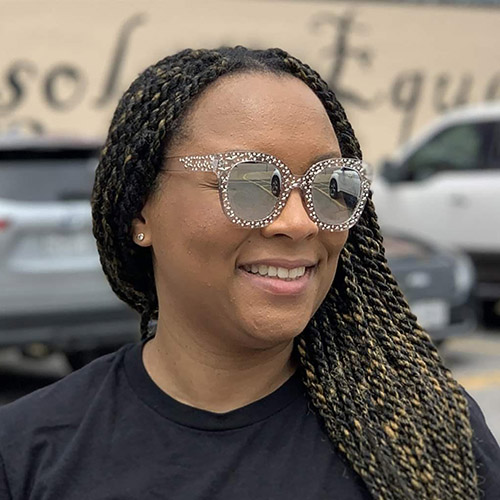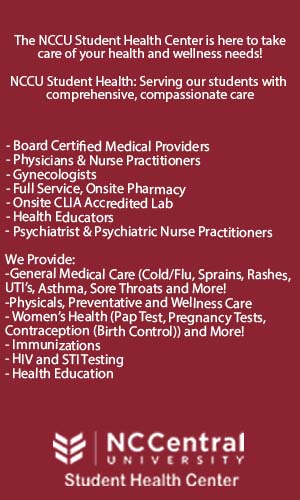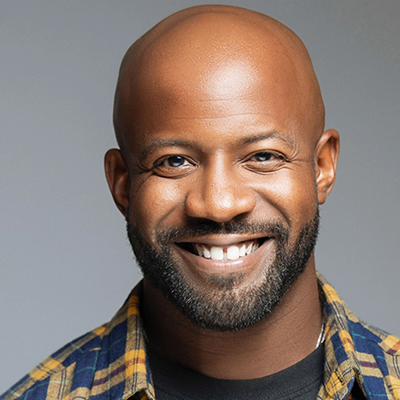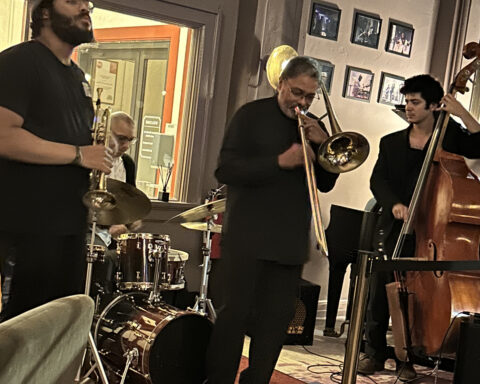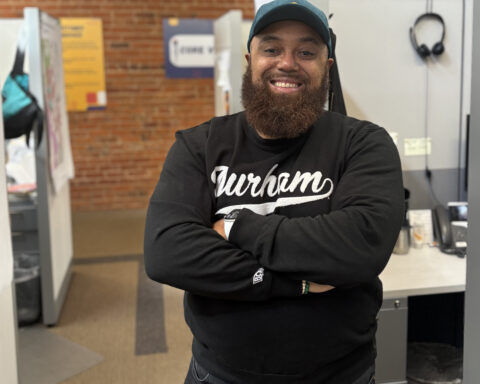Erika Harrison, a Houston attorney who has lived in the area since she was 5, started her blog, Black Girls Who Brunch, “to showcase the vibrant food scene beyond the franchise restaurants.” But recently, the blog has grown into much more than that.
In addition to providing restaurant recommendations, Harrison has become a connector for many of the Black professionals who are flocking to her city.
“Black professionals who move here are coming for the perceived Black excellence. I constantly hear, ‘I know Black people do well in Houston, so that’s why I’m here,’” Harrison said. “It’s doctors, lawyers, engineers, entrepreneurs. With this has come a boom in Black-owned businesses.”
In Texas and a small — but growing — number of other states in the South and West, the percentage of middle-class households in the Black population is nearly equal to the share in the white population, according to a new Stateline analysis of census data. The analysis also shows that the Black middle class continued to grow in most states between 2018 and 2021, even during the worst of the COVID-19 pandemic.
Although the Black-white middle-class gap remains high in many states, the share of Black families who are middle class is approaching parity with the white share in five states: California, Georgia, Kentucky, Maryland and Texas, according to a Stateline analysis of American Community Survey microdata provided by the University of Minnesota. In those states, only 3 percentage points separate the percentage of Black and White families in the middle class.
In Maryland, fully half of Black families were in the middle class in 2021, the largest share of any state. Middle class is defined in this analysis as two-thirds to twice the state’s median household annual income, or between about $69,000 and $207,000 in Maryland. The state-by-state definition is adapted from the Pew Research Center’s national definition using state-specific income. (The Pew Charitable Trusts funds the Pew Research Center and Stateline.)
The Stateline analysis includes the 30 states and the District of Columbia where Black households make up more than 5% of all households. In three-quarters of those states, the Black middle-class share grew between 2018 and 2021, and in half of them the gap between Black and white families shrank.
Many Black professionals are migrating to the Sun Belt from Midwestern states, where the Black middle class is stagnating. William Frey, a Brookings Institution demographer, calls it a “New Great Migration,” a reversal of the migration patterns during most of the past century, which saw Black residents fleeing discrimination in the South for greater opportunities in the North.
In a September report, Frey noted that what began as a trickle in the 1970s has turned into “a virtual evacuation from many northern areas in subsequent decades,” driven largely by young, college-educated Black people. Georgia, North Carolina and Texas are the most popular destinations.
Many of the new Black arrivals in the South are young and college-educated and are moving to take professional jobs in cities. In contrast, many of the white people in those states live in rural areas that are struggling economically, said Mary Pattillo, a professor of sociology and African American studies at Northwestern University who studies the Black middle class.
But Pattillo said the Stateline findings are “as much about Black middle-class success as they are about places where white people are less likely to be in the middle class.”
Another possible factor in the recent growth of the Black middle class: a booming nationwide job market in which racial discrimination can be muted in the rush to make more hires.
“Black workers are often penalized in the job market, but discrimination has been expensive lately because demand for workers has been so high,” said Matt Darling, an employment policy fellow at the Niskanen Center in Washington, D.C.
Harrison said Black Houstonians are well aware of racism’s continuing toll, and many are involved in efforts to change the criminal justice system and halt highway expansions in Black neighborhoods.
And Angela Simms, an assistant professor of sociology and urban studies at Barnard College, noted that the fact that so many middle-class Black Marylanders work in government jobs “reflects continued discrimination in the private sector.”
In Kentucky, where 47% of the Black population is middle class, Black residents remain frustrated with white flight and a lack of retail options in predominantly Black neighborhoods, according to interviews conducted several years ago by Jamar Wheeler, who was pursuing a doctorate in sociology from the University of Louisville.
Wheeler, now the owner of a research firm in Louisville, said the Black middle-class experience in the city depends on the neighborhood: Some Black residents feel like a “token percentage” in mostly white neighborhoods and are estranged from their white neighbors.
Meanwhile, Wheeler said, those who live in majority-Black areas “enjoy the social comfort of living with families that look like them but navigate surroundings that are misaligned with their social profile in terms of shops, recreation and streetscapes.”
Middle-class income in 2021, adjusted to a standard three-person family, ranged from about $38,000 to $115,000 in Mississippi, to between $85,000 to $256,000 in the District of Columbia.
The smallest Black middle-class shares are in the District of Columbia (37%), Wisconsin (38%) and Minnesota (40%). Nevertheless, Minnesota had one of the biggest improvements, up 7 percentage points from 33% in 2018. Arkansas (now 46% Black middle-class share) and Delaware (now 49%) were also up 5 points from 2018.
The changes in Minnesota, Arkansas and Delaware, as in most states with growth, came as the percentage of people in lower income categories dropped by about the same amount, suggesting that the Black middle class is growing as income for Black families improves.
Federal aid provided during the pandemic helped lift many Black and Hispanic people out of poverty by 2021, though it remains to be seen how inflation and the end of benefits such as the child tax credit will affect them, according to a 2022 study by the Economic Policy Institute.
“Safety net programs mitigated the worst effects of the pandemic recession, particularly for Black and Hispanic households,” the study concluded. “We have the capacity to significantly lower poverty rates through progressive policy and should not wait for another global pandemic to do so.”
States where the Black middle-class share dropped include Nevada, down 2 points to 43%, and Pennsylvania, down 1 point to 41%. Five other states saw tiny losses in the Black middle class of less than half a percentage point.
Story by Tim Henderson
Stateline.org

